The good news: Some of the most sustainable seafood options are also the healthiest (think omega-3s!) and they’re the least expensive. The (sorta) bad news: Some people find these fish and shellfish, well, challenging. But they don’t have to be!
Two of these fish require little more from you than opening a can. The remaining options take mere minutes to prep and cook. All of them will make your dinner healthier, tastier and more impressive and will be a little gentler on the Earth. So really, what do you have to lose?
Pacific Sardines
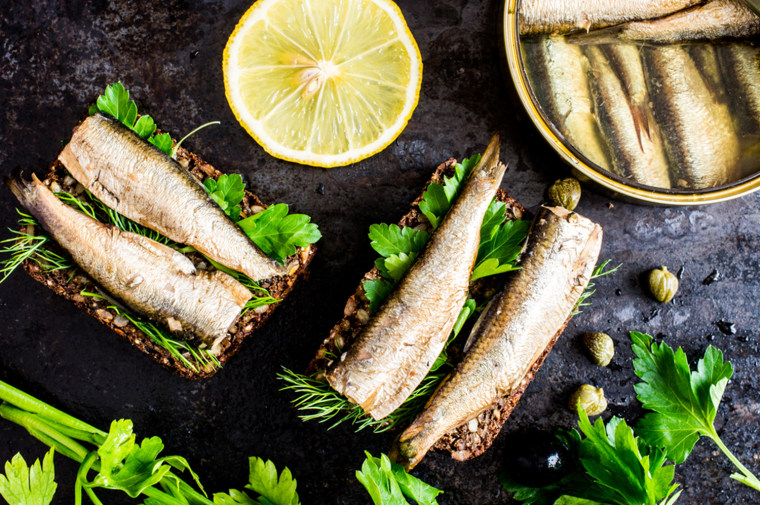
When they’re canned, sardines might be one of the world’s healthiest, most convenient protein. They’re rich omega-3 fatty acids and don’t contain mercury the way large fish can. Sardines from the Pacific Ocean, where the fisheries are well-managed, are the most sustainable option.
Use canned sardines like you would canned tuna—on sandwiches and salads. Sardines’ strong flavor is especially delicious with punchy ingredients, like capers, feta and raw onion. For the least “scary” sardines, look for fillets that are skinless and boneless (but note: the fine bones are edible and are rich with calcium).
If you’re feeling brave, you can also buy whole fresh sardines at some fish markets and throw them on the grill.
Recipes to try
Anchovies
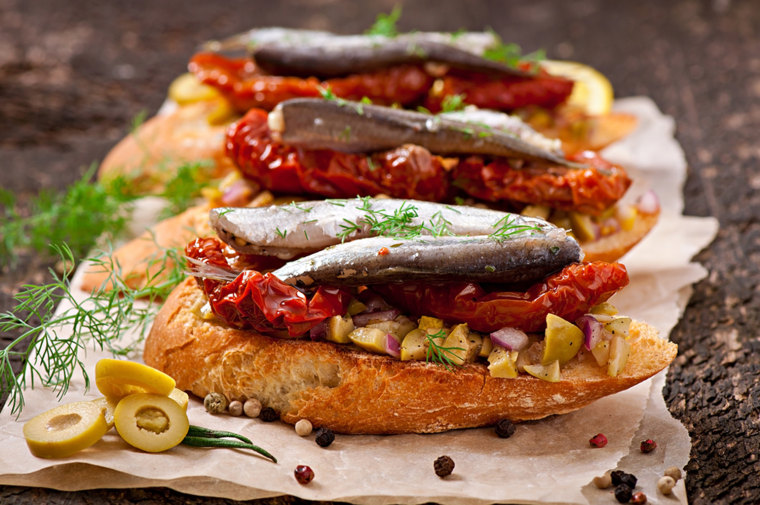
Even if you don’t like anchovies strewn all over a pizza, it’s time to give them another shot. Like sardines, anchovies are low on the food chain and are plentiful. They’re almost always preserved and sold in cans or jars. The highest quality anchovies are whole and packed in salt, but those usually need to be filleted. If you’re an anchovy-newbie, go for the oil-packed type, which need no prep.
Anchovies could help you live longer: Recipes for adding the super food to your diet
For your first anchovy experience, add 1 fillet as you sauté onions or garlic for tomato sauce, using your spoon to break it up; it will practically disappear but add so much savory flavor. You can also try whisking a fillet into salad dressing (Caesar salad, anyone?). After you try anchovies these ways, you just might be ready to throw them on pizza.
Recipes to try
Mackerel
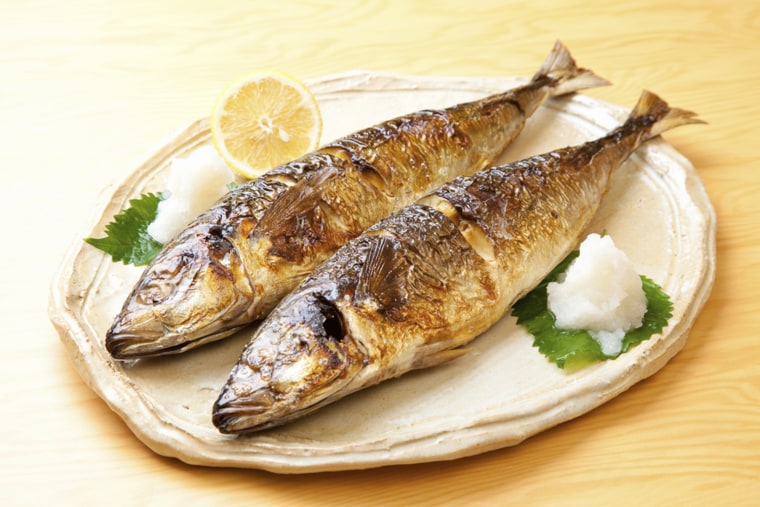
Mackerel is a strong-flavored, delicious fish that’s also rich with omega-3 fatty acids. Because of its high oil content, it more quickly tastes “fishy” than other fish so it’s best to buy it when it’s super fresh.
If you’re new to the fish, seek out Spanish mackerel, which has a milder flavor than Atlantic mackerel. Both types are terrific with strong-flavored condiments, like Italian-style salsa verde, pickled onions or even just a generous squeeze of lemon.
You can also look for smoked mackerel—which has a bacon-like richness—in the refrigerator section of the super market. Break up the fillets to serve in salads or on sandwiches.
- Barbecued Mackerel with Ginger, Chili and Lime Drizzle
- Open-Faced Smoked Mackerel Sandwiches
- Mackerel Salad with Miso-Carrot Dressing
Mussels
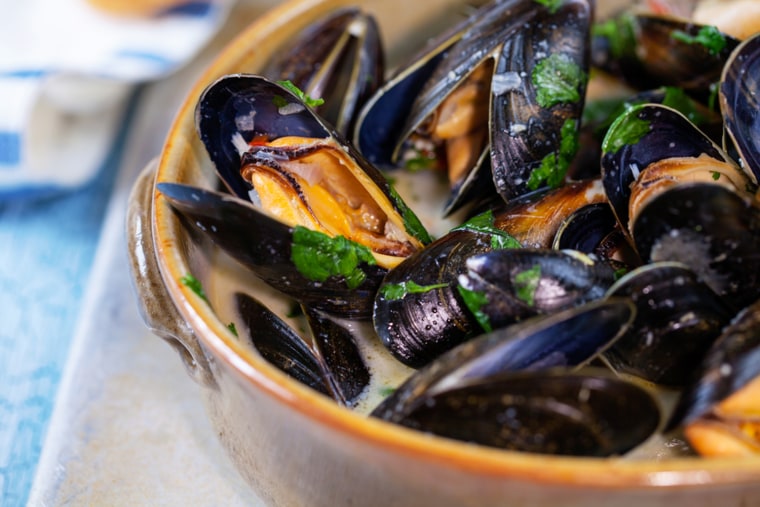
Not only are mussels a great excuse to eat French fries (or crusty bread) and drink beer, but they’re also incredibly sustainable.
In general, wild seafood gets thought of as “better” but not so with mussels. Mussels reproduce quickly and can be cultivated on ropes suspended in water. Since the farmed mussels are not pulled from the sand the way wild ones can be, they’re exceptionally easy to clean. (Just give them a quick rinse).
Discard any mussels with broken shells or any that are open and won’t close when you pinch the shells together. To cook, sauté some onions or shallots in oil or butter than add a half inch or so of your liquid of choice (beer, wine or even water works). Add the mussels, cover the pot and cook for 4 to 5 minutes, until most of the shells are open. Use a slotted spoon to transfer the mussels to a bowl, and discard any that do not open. Add herbs to the broth, if you’d like and pour the liquid over top.
Recipes to try
- Steamed Mussels with Garlic-Tomato Broth
- Mussels in White Wine Garlic-Butter Sauce
- Coconut Curry Mussels
Squid
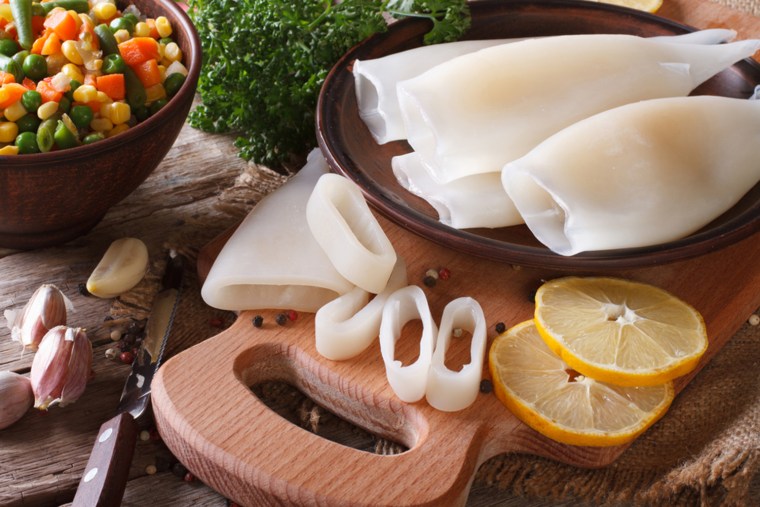
Perhaps better known as calamari, squid is inexpensive, sustainable and succulent (not to mention easy to cook). Believe it or not, squid freezes exceptionally well (and the process actually helps tenderize it), so if you can find frozen versions, snag them; they’re great to have around. When buying fresh squid, ask to have them cleaned if they’re not already—this will make them easy to prep and cook.
The secret to making tender squid is to cook it fast (for mere seconds) or very, very slowly (as long as an hour). Any amount of time in between can give you the equivalent of edible rubber bands.
To prepare the squid, separate the tentacles from the white body and cut the body into rings. You can leave the tentacles whole or cut them. Then simply boil or stir-fry the squid just until it turns opaque—less than a minute over high heat or just a little longer if the heat is low.
Recipes to try